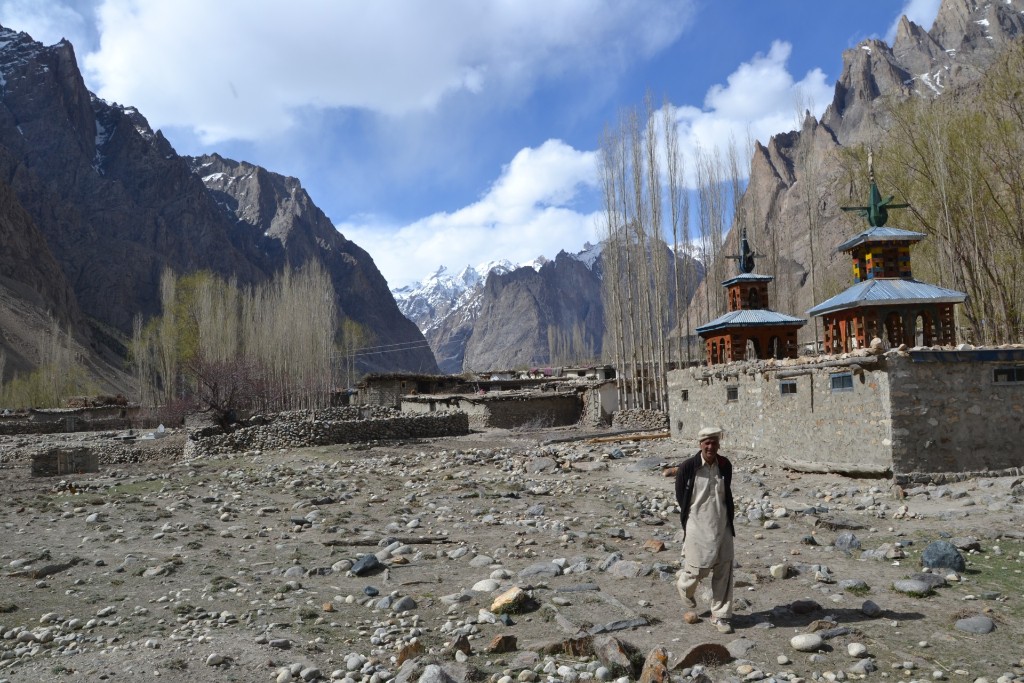 |
Abbildung 1: Das südliche Ortsende von Hushe mit dem Astana-Grabmonument (Mai 2012) |
Hushe (Ortschaft in Baltistan)
Hushe (auch Hushai, Hoshay und Hushey genannt) ist die Bezeichnung eines kleinen Ortes am nördlichen Ende des Hushe-Tals in Baltistan. Der in ca. 3100 m Höhe gelegene Ort ist Ausgangspunkt zahlreicher Bergsteigerexpedition in die Gletscher- und Bergwelt des zentralen Karakorums. In Hushe finden sich u. a. ein neugebautes, relativ komfortables Hotel, Camping-Plätze, einige hauptsächlich im Sommer geöffnete Läden und Schulen. Die alte Khanqa-Gebetshalle wurde durch einen großen Neubau ersetzt, der in der alten landestypischen Fachwerkbauweise errichtet wurde. Bemerkenswert ist auch das am Ortsrand zu findende Astana-Grabmonument.
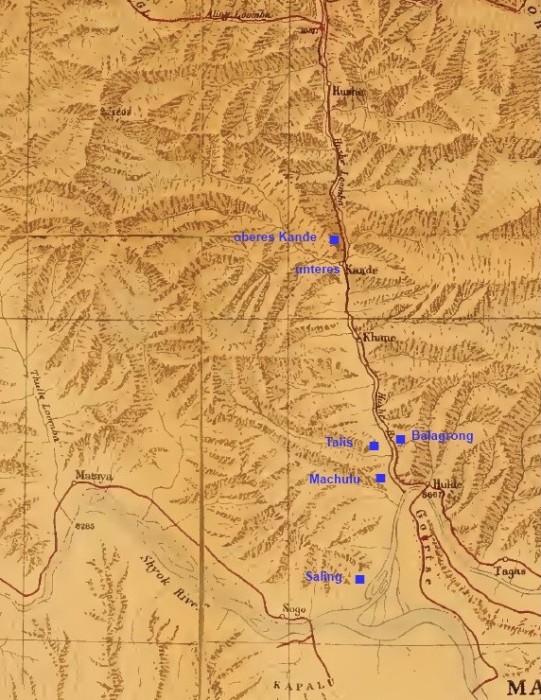 | | 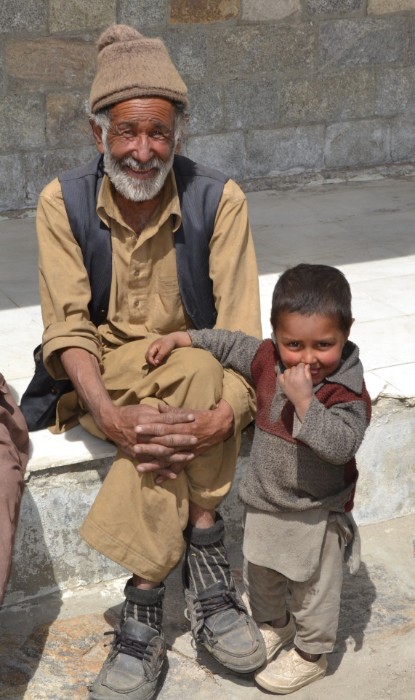 |
Abbildung 2: Lage des Ortes Hushe im Hushe-Tal. Ergänzter Ausschnitt einer Karte von Workman | | Abbildung 3: Älterer Herr mit Kind in Hushe. Photo: Siegfried Rademacher (Mai 2012) |
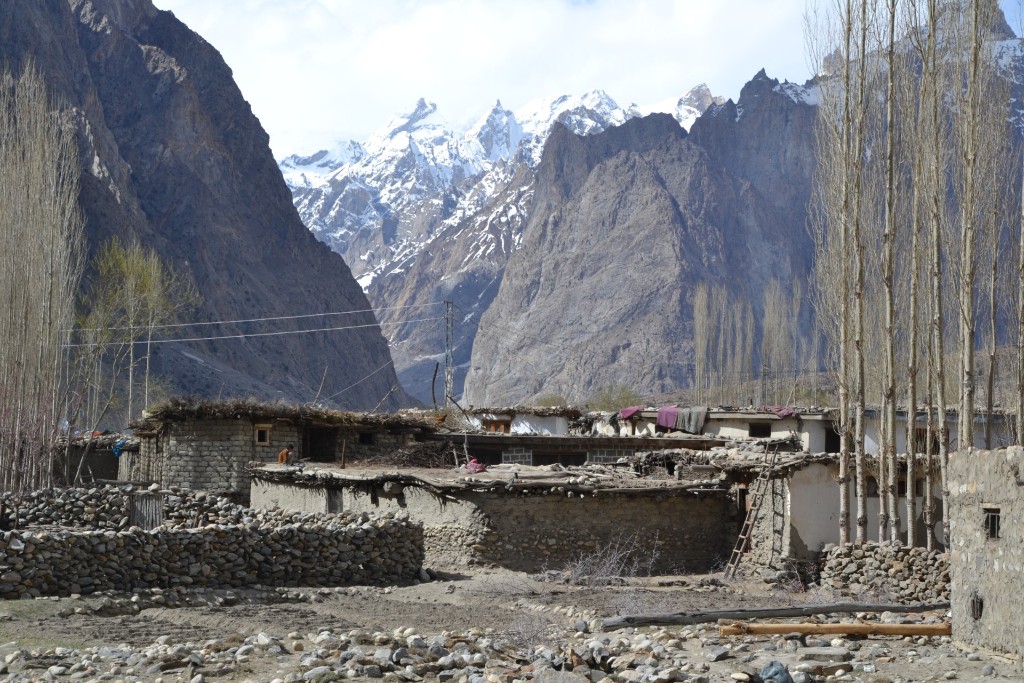 |
Abbildung 4: Das südliche Ortsende von Hushe (Mai 2012) |
Zu der wirtschaftlichen Situation des kleinen Ortes im Jahre 2005, in dem nach der Volkszählung von 1950 310 und nach der Zählung von 1960 325 Personen lebten (Afridi, S. 276), finden sich in Hagler Bailly Pakistan (4.1 Hushe) folgende Angaben:
„Hushe also has health facilities, (a trained lady health worker and a mother-and child health center), a number of schools (primary as well as secondary), and a veterinary facility. There is also a micro-hydroelectric generator close to the village, installed with the assistance of KE Adventure Travels. The generator provides an irregular supply of power to parts of the village. Well-known guides and mountaineers, such as Little Karim - King of the Karakorums, and Rozi Ali, also hail from the village. Thus, although traditional sources of livelihood in Hushe are agriculture and livestock herding, supplemented with cash incomes earned from service in the army and the public sector in some of the households, tourism now provides a significant proportion of household income - about 362 men in the village seek out employment as porters and guides. As a result more and more of the activities associated with livestock herding and agriculture are managed by the women. Portering has also resulted in an increase in the amount of disposable income available to households. The income is used to buy increasing amounts of consumer items—local shops are well stocked with factory-manufactured and packed biscuits, sweets, cigarettes, and tea, among other items. The most obvious result of the increased consumption of manufactured goods is the garbage that litters the narrow streets of Hushe. … Under the leadership of the VCC a trophy hunting program was started in 1997. Hunting licenses are sold for between US $ 2,000 - 3,000 annually, depending on the price specified by the National Council for the Conservation of Wildlife. Of the amount paid, 80% is given to the community.”
Als ich am 5. Mai 2012 um die Mittagszeit Hushe besuchte, war keines der genannten Geschäfte geöffnet. Die Versorgung mit Medikamenten wurde durch eine Arzneimittellieferung von zwei weiblichen Ärzten aus Italien sichergestellt, die kurz nach uns von Islamabad nach Skardu geflogen waren. Das neue mit spanischer Hilfe errichte Hotel war zwar geöffnet, doch konnten wir keinerlei Gäste registrieren. Die Straße zwischen Kande und Hushe ist nur mit hochgestellten Fahrzeugen mit Allradantrieb befahrbar.
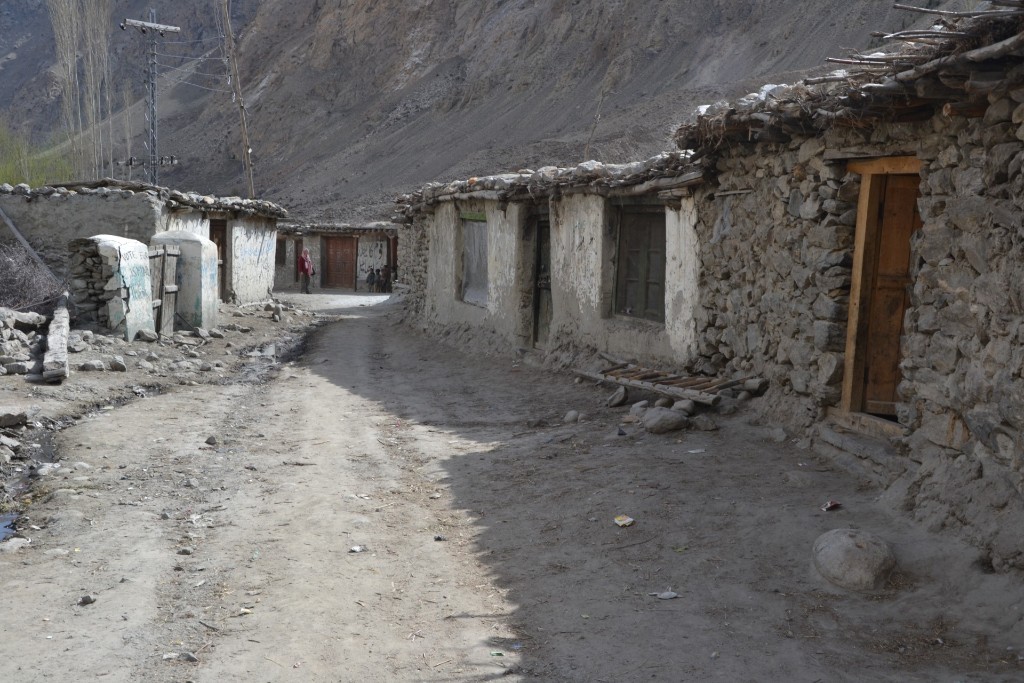 |
Abbildung 5: Geschäftsstraße in Hushe. Photo: Siegfried Rademacher (Mai 2012) |
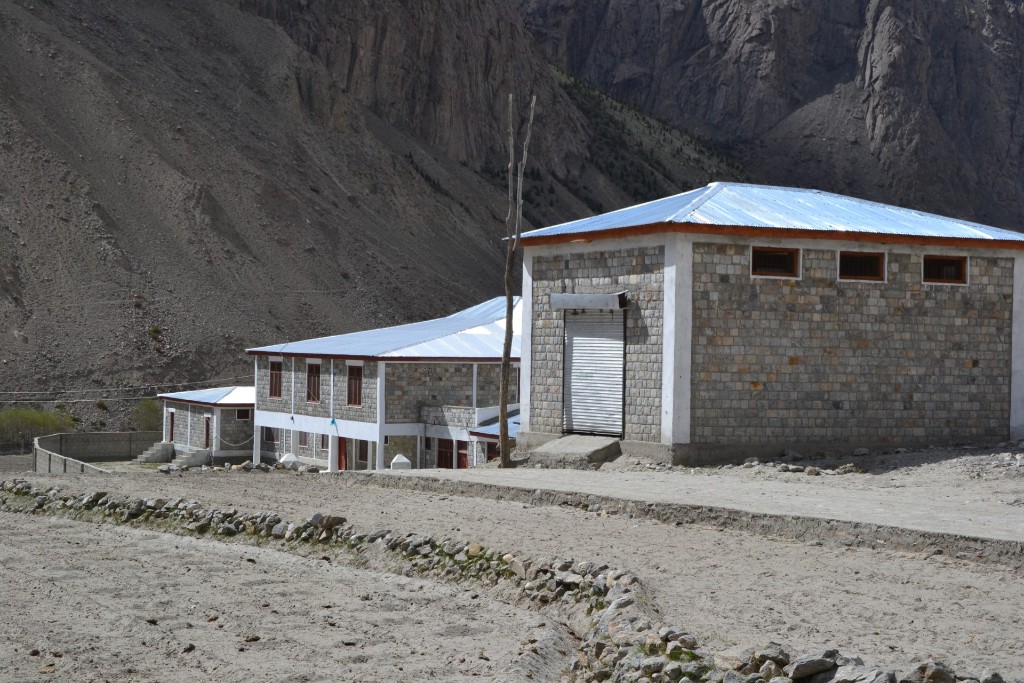 |
Abbildung 6: Neues Hotel in Hushe. Photo: Siegfried Rademacher (Mai 2012) |
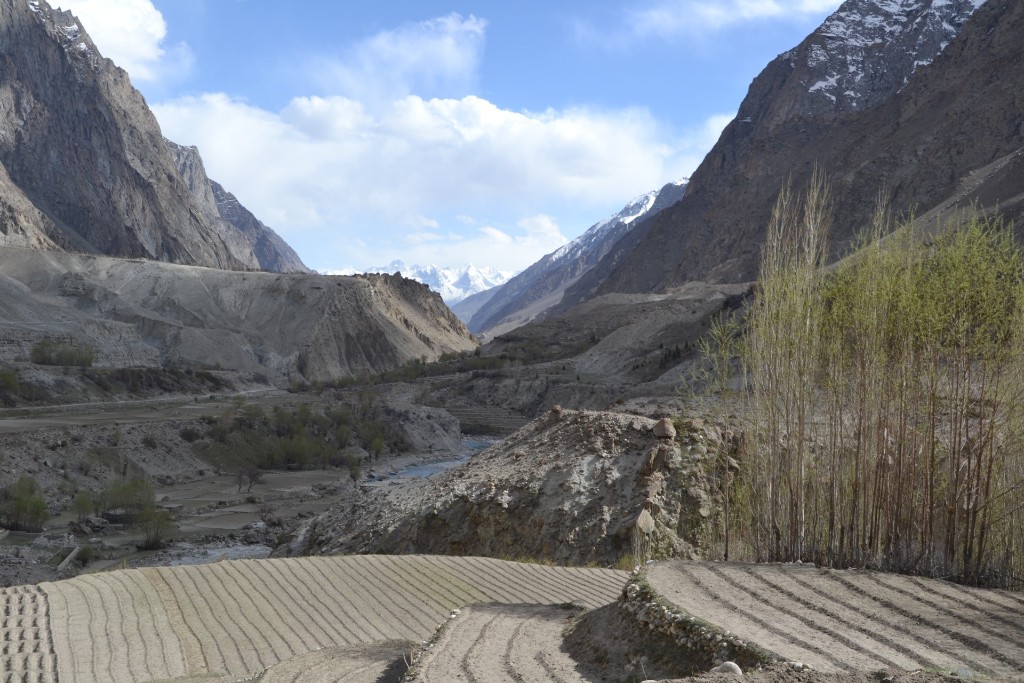 |
Abbildung 7: Blick von den Feldern von Hushe in das sich nach Süden erstreckende Hushe-Tal. Photo: Siegfried Rademacher (Mai 2012) |
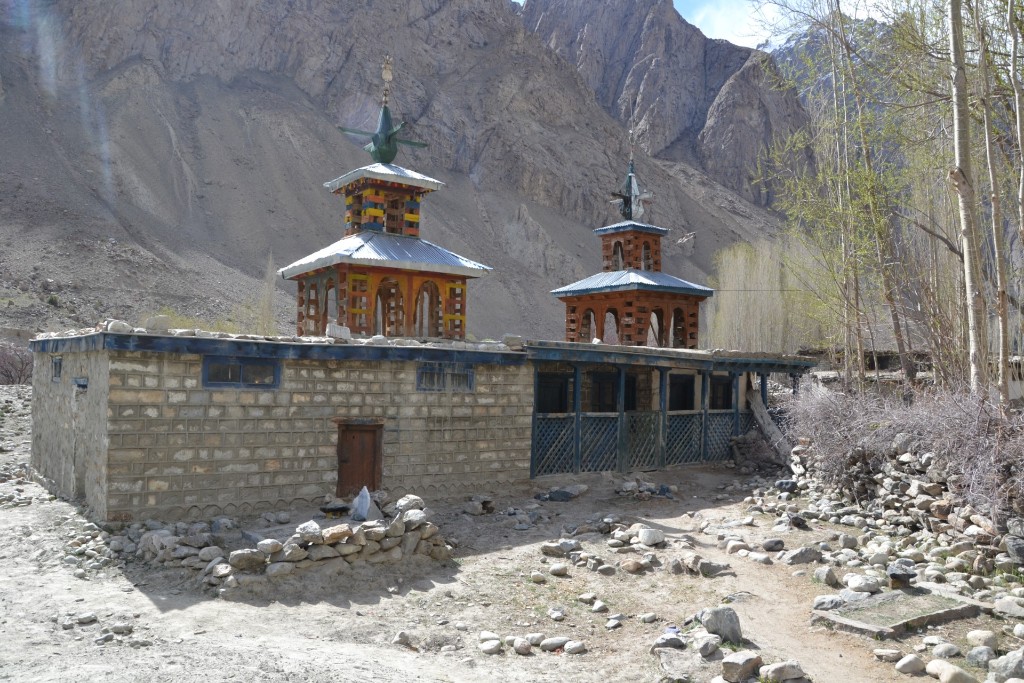 |
Abbildung 8: Astana-Grabmonument in Hushe. Photo: Siegfried Rademacher (Mai 2012) |
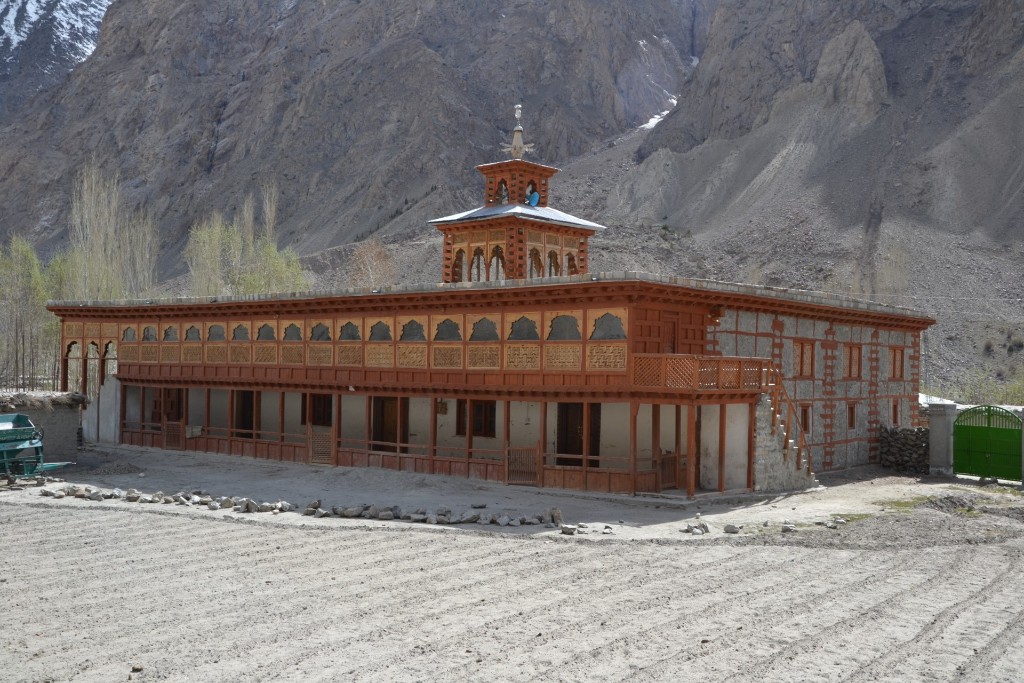 |
Abbildung 9: Die Ost- und Nordseite der Khanqa-Gebetshalle von Hushe. Photo: Siegfried Rademacher (Mai 2012) |
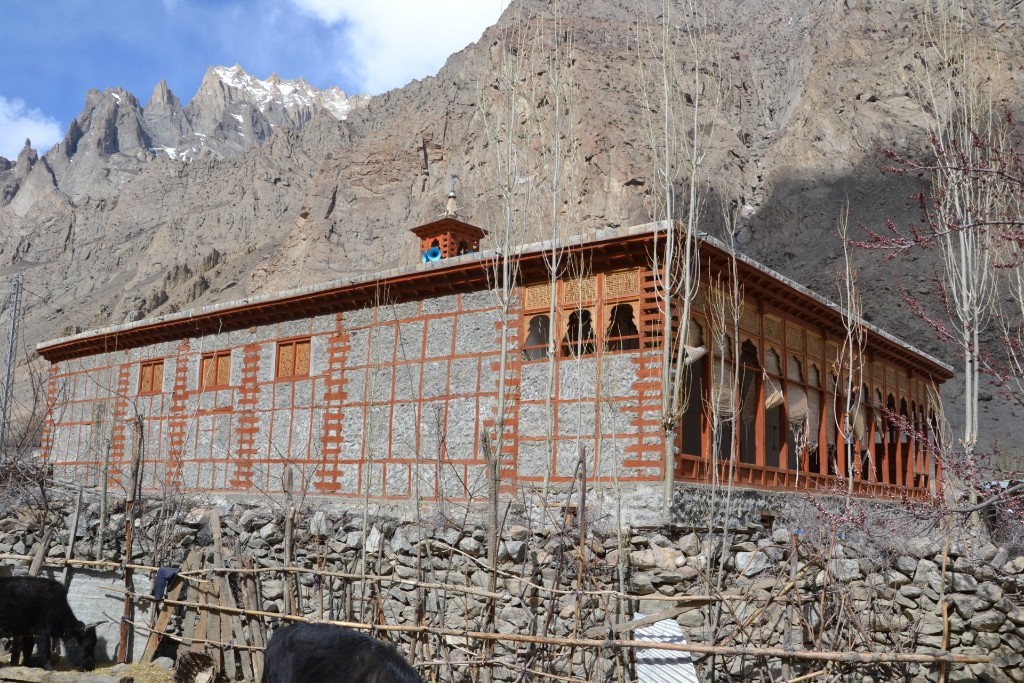 |
Abbildung 10: Die West- und Südseite der Khanqa-Gebetshalle von Hushe. Photo: Siegfried Rademacher (Mai 2012) |
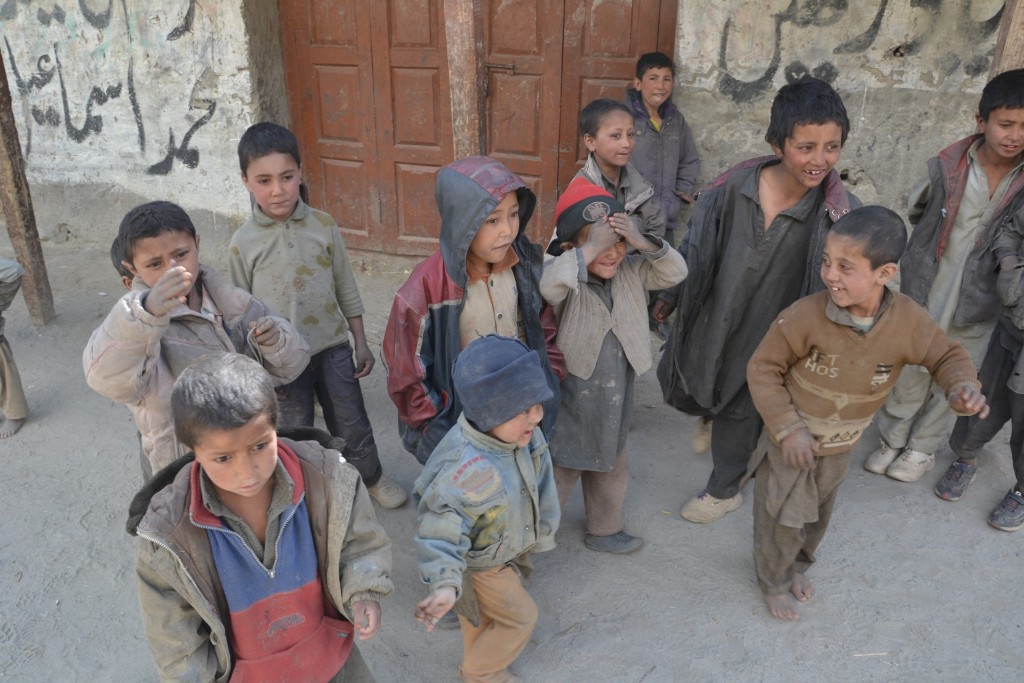 |
Abbildung 11: Kinder in Hushe. Photo: Siegfried Rademacher (Mai 2012) |
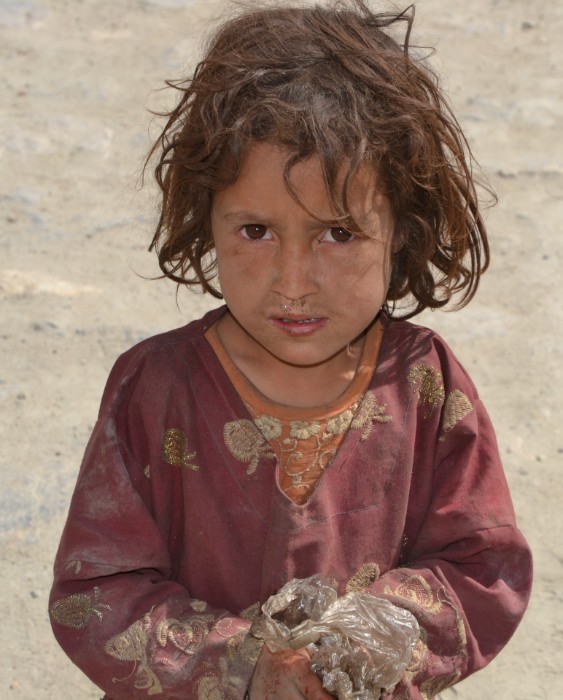 | | 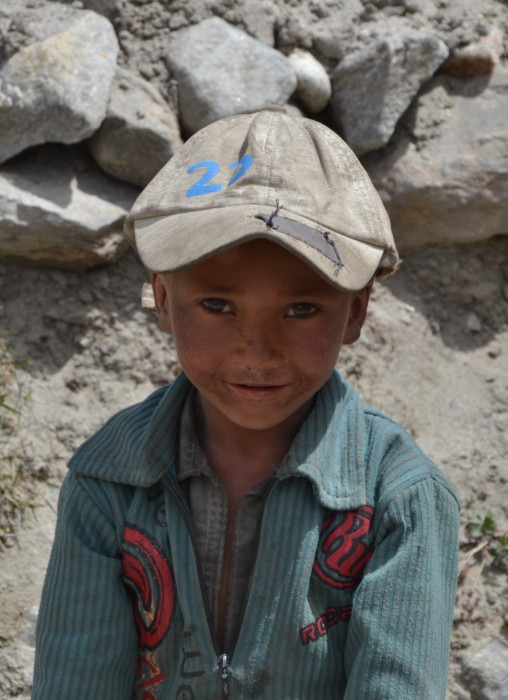 |
Abbildung 12: Kleines Mädchen in Hushe. Photo: Siegfried Rademacher (Mai 2012) | | Abbildung 13: Kleiner Junge in Hushe. Photo: Siegfried Rademacher (Mai 2012) |
Literatur
Banat Gul Afridi: Baltistan in History. Peshawar 1988
Hagler Bailly Pakistan: Central Karakorum Protected Area. Volume II: Baseline Studies. Draft Report. HBP Ref.: D5BL2CKP. July 8, 2005 IUCN Pakistan Karachi
Dieter Schuh: Reise in die Geschichte Baltistans, 3 Bd. Andiast 2011
Fanny Bullock Workman and William Hunter Workman: Two Summers in the Ice-Wilds of Eastern Karakoram. The Exploration of nineteen hundred Square Miles of Mountain and Glacier. New York [1917]
Autor: Dieter Schuh, 2012
Für wissenschaftliche zitationen benutzen sie bitte nur die gedruckte ausgabe/for scientific quotation please use the printed edition only.





